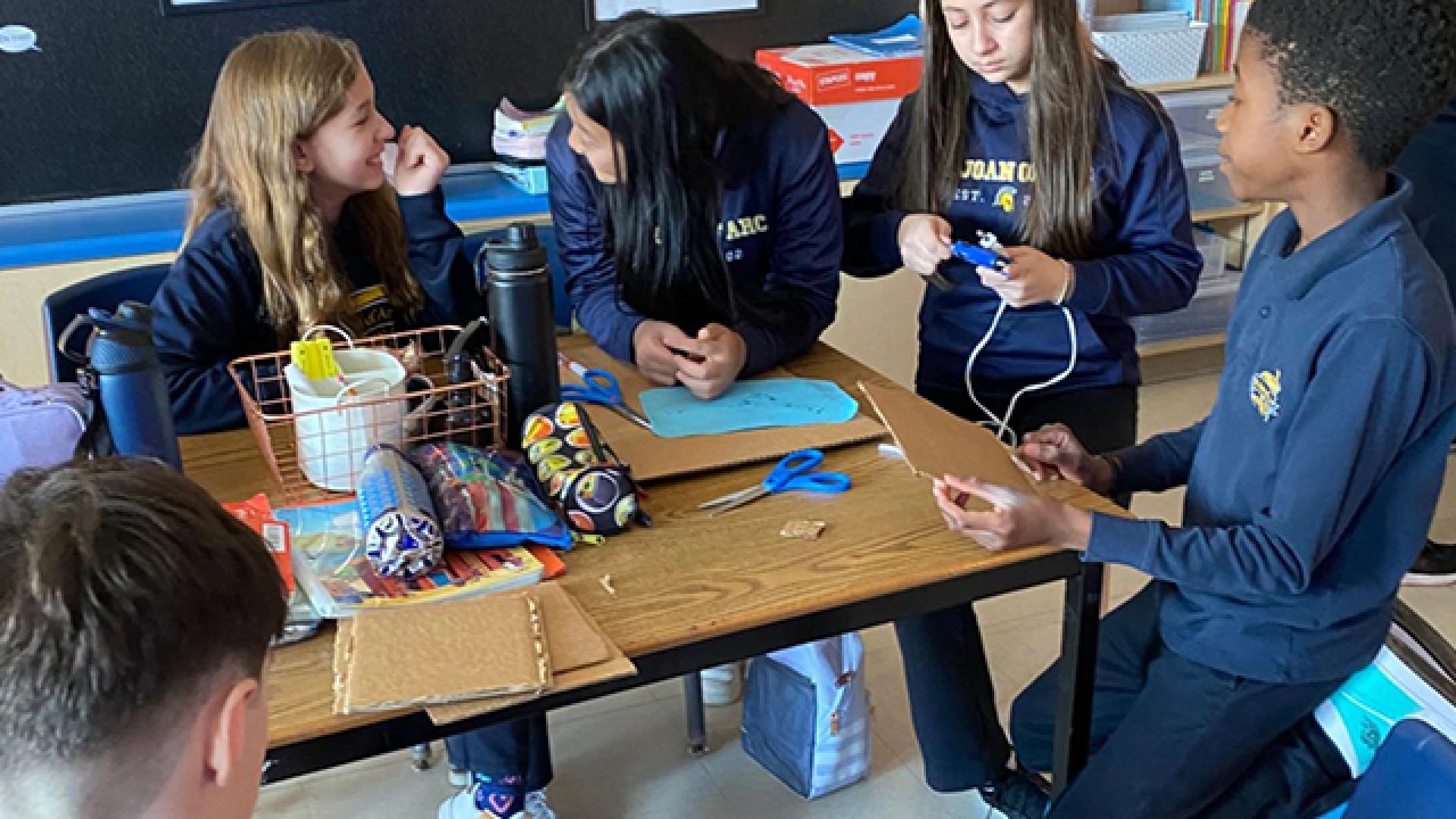Contributed by:
Rebecca White
CEO, Engineers of Tomorrow
At Engineers of Tomorrow, we believe the future of engineering should reflect the diversity of the communities it serves. That’s why we’re thrilled to for the launch of the Future City Experience—a program that continues to grow in reach, impact, and inclusivity year after year.
The Future City Experience is more than just a STEM program—it’s a movement. Each year, thousands of students across Canada take on the challenge of designing a city 100 years into the future, using the engineering design process, creativity, and teamwork to solve real-world problems. Whether it’s sustainable energy, clean water access, or resilient infrastructure, students explore global challenges through a hands-on, inquiry-based lens.
Year-over-year impact
Since its launch in 2021, Future City Experience has reached more than 13,000 students with the support of hundreds of volunteer engineers, educators, and mentors. In 2025, participation rose by 34%, with representation from classes in 5 new school boards across the country. We heard powerful feedback from teachers who integrated the program into their core curriculum, and from students—especially girls and racialized youth—who said this was the first time they could see themselves in engineering.
One teacher from Manitoba shared, “I’ve never seen my students so engaged. They weren’t just learning—they were leading.”
Breaking down barriers
We know that early experiences in engineering need to be inclusive, accessible, and inspiring if we want to shift the status quo. The Future City Experience is intentionally designed to address the known barriers that keep girls and underrepresented students from pursuing engineering pathways—like a lack of representation, limited access to role models, and the misconception that engineering is only about math and science.
In this program, students work in teams, use creative thinking, and learn that engineering is as much about people as it is about technology. We showcase a broad spectrum of real engineers from different backgrounds, provide free access to materials and support, and create space for every student to feel like their ideas matter.
What’s new in 2025
This year’s enhancements reflect our commitment to making the experience even more inclusive and impactful:
- New theme: The 2025 challenge asks students to design a city that can adapt to extreme climate events while maintaining livability, equity, and essential services. It’s timely, urgent, and encourages bold thinking across disciplines.
- Expanded French language resources: To better serve francophone communities, we’ve doubled our French-language content so students and educators can participate in the language of their choice.
- Digital city gallery: A new online showcase where students can share their city designs, receive feedback from engineers, and connect with classrooms across the country.
- Engineering role model videos: A new library of short videos features diverse engineers sharing their stories, making the profession relatable and showing students what’s possible.
Why it matters
At a time when the world needs more problem-solvers, the Future City Experience gives students the confidence to see themselves as part of the solution. It’s a fun, flexible, curriculum-connected program that sparks critical thinking, creativity, collaboration—and a sense of belonging in engineering.
We’re proud of what the Future City Experience has become, and even prouder of the young minds it continues to ignite.
To learn more or get your classroom involved, visit EIR.ca/FCE - Let’s build the future together.
